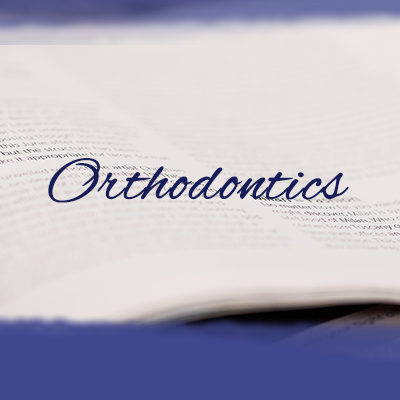Bioactive Surfaces vs. Conventional Surfaces in Titanium Dental Implants: A Comparative Systematic Review
Animal studies and the scarce clinical trials available that have been conducted suggest that bioactive surfaces on dental implants could improve the osseointegration of such implants.
The purpose of this system aticre view was to compare the effectiveness of osseointegration of titanium (Ti) dental implants using bioactive surfaces with that of Ti implants using conventional surfaces such as sandblasted large-grit acid-etched (SLA) or similar surfaces.
Applying the guidelines of the Preferred Reporting Items for Systematic Reviews and Meta-analyses (PRISMA) statement, the MEDLINE, PubMed Central and Web of Science databases were searched for scientific articles in April 2020. The keywords used were “dental implants”, “bioactive surfaces”, “biofunctionalized surfaces”, and “osseointegration”, according to the question: “Do bioactive dental implant surfaces have greater osseointegration capacity compared with conventional implant surfaces?” Risk of bias was assessed using the Cochrane Collaboration tool. 128studies were identified, of which only 30 met the inclusion criteria: 3 clinical trials and 27 animal studies.
The average STROBE (STrengthening the Reporting of OBservational studies in Epidemiology) and ARRIVE
Animal Research: Reporting of In Vivo Experiments) scores were 15.13±2.08 and 17.7±1.4, respectively. Implant stability quotient (ISQ) was reported in 3 studies; removal torque test (RTT)—in 1 study; intraoral periapical X-ray and microcomputed tomography radiological evaluation (RE)—in 4 studies; shear force (SF)—in 1 study; bone-to-implant contact (BIC)—in 12 studies; and BIC and bone area (BA) jointly—in 5 studies. All animal studies reported better bone-to-implant contact surface for bioactive surfaces as compared to control implants with a statistical significance of p < 0.05.
Regarding the bioactive surfaces investigated, the best results were yielded by the one where mechanical and chemical treatment methods of the Ti surfaces were combined. Hydroxyapatite (HA) and calcium–phosphate (Ca–Ph) were the most frequently used bioactive surfaces.
According to the results of this systematic review, certain bioactive surfaces have a positive effect on osseointegration, although certain coating biomolecules seem to influence early peri-implant bone formation. Further and more in-depth research in this field is required to reduce the time needed for osseointegration of dental implants





